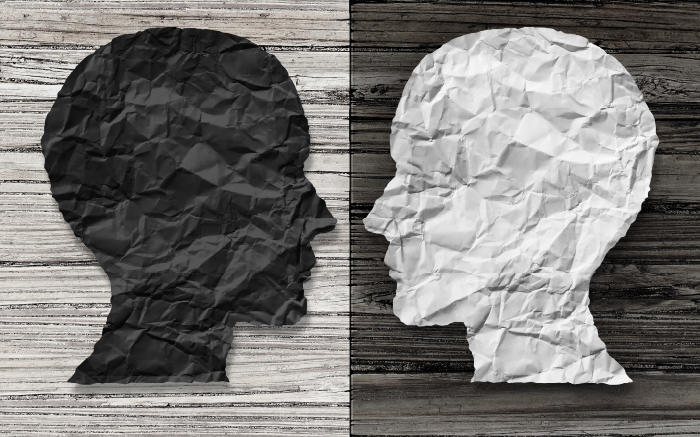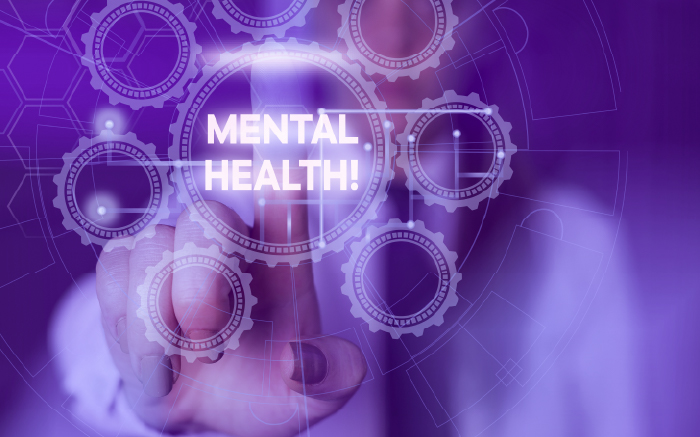Living with Post-Traumatic Stress Disorder (PTSD) presents unique challenges, yet it is possible to lead a fulfilling and normal life with the right strategies and support. This comprehensive guide explores practical approaches to managing PTSD symptoms, enhancing quality of life, and fostering personal growth amidst adversity.
Understanding PTSD and Its Impact
PTSD is a response to experiencing or witnessing traumatic events, characterized by symptoms such as intrusive thoughts, flashbacks, severe anxiety, and hyperarousal. Recognizing how PTSD affects your life is the first step toward managing its impact effectively.
Establishing a Strong Support System
A robust support system is vital for those living with PTSD. This can include family, friends, support groups, and mental health professionals. Connecting with others who understand your experience can provide comfort, reduce feelings of isolation, and offer practical advice.
Professional Help and Therapies
Seeking professional help is crucial. Therapists specialized in PTSD can offer treatments such as Cognitive Behavioral Therapy (CBT), Eye Movement Desensitization and Reprocessing (EMDR), and Prolonged Exposure Therapy, which have been shown to be effective in managing PTSD symptoms.
Developing Healthy Routines
A stable daily routine can provide a sense of normalcy and security. This includes regular sleep patterns, healthy eating habits, and consistent exercise. Physical activity, in particular, can reduce symptoms of anxiety and depression and improve mood.
Mindfulness and Relaxation Techniques
Practices such as mindfulness, meditation, and yoga can help regulate the body’s stress response and promote relaxation. Learning to stay present can reduce the occurrence of flashbacks and intrusive thoughts.
Managing Triggers
Identifying and managing triggers is a key strategy for living with PTSD. This may involve avoiding certain situations or learning coping strategies to deal with triggers when they cannot be avoided. Being proactive in managing triggers can significantly reduce the frequency and intensity of PTSD symptoms.
Setting Realistic Goals
Setting small, achievable goals can provide a sense of accomplishment and progress. These goals can be related to personal development, professional aspirations, or daily tasks. Achieving these goals can boost self-esteem and motivation.
Embracing Self-Compassion
Living with PTSD can be challenging, and it’s important to practice self-compassion. Acknowledge your feelings without judgment, treat yourself with kindness, and recognize that healing takes time. Self-compassion can foster resilience and a positive outlook on life.
Engaging in Meaningful Activities
Engaging in activities that bring joy and fulfillment can enhance well-being and distract from intrusive thoughts. Whether it’s hobbies, volunteering, or creative pursuits, find what brings you happiness and incorporate it into your life.
Educating Others
Educating those around you about PTSD can help them understand your experiences and how they can support you. This can lead to more empathetic interactions and reduce misunderstandings.
Seeking Peer Support
Connecting with others who have PTSD can provide a sense of belonging and shared understanding. Peer support groups offer a safe space to share experiences, coping strategies, and encouragement.
Living with PTSD requires strength, resilience, and the courage to seek help and support. By employing effective coping strategies, building a strong support network, and focusing on self-care, individuals with PTSD can lead fulfilling lives. Remember, every step forward is a victory, and with the right approach, it’s possible to navigate the challenges of PTSD and embrace the journey toward healing and growth.






